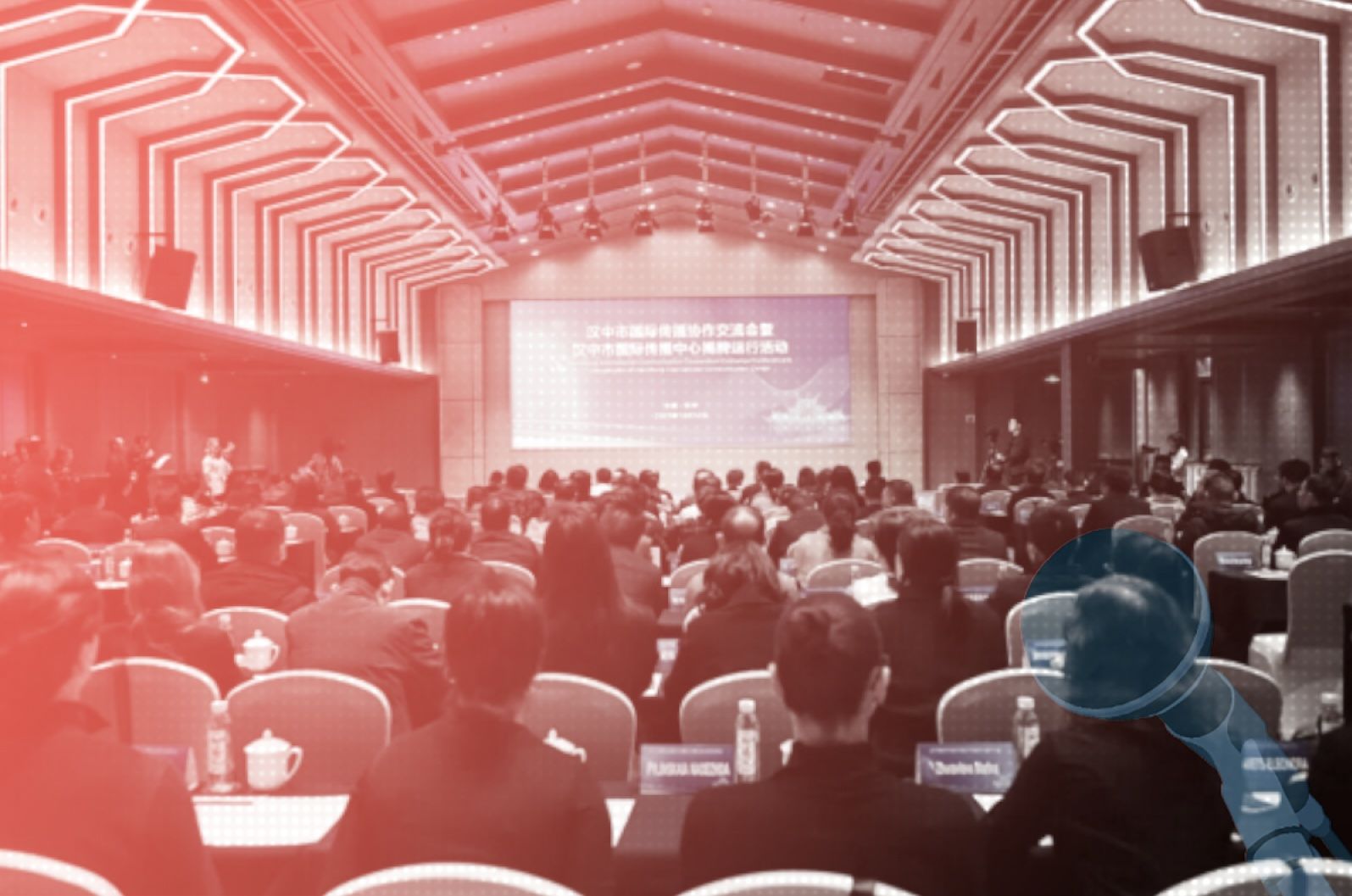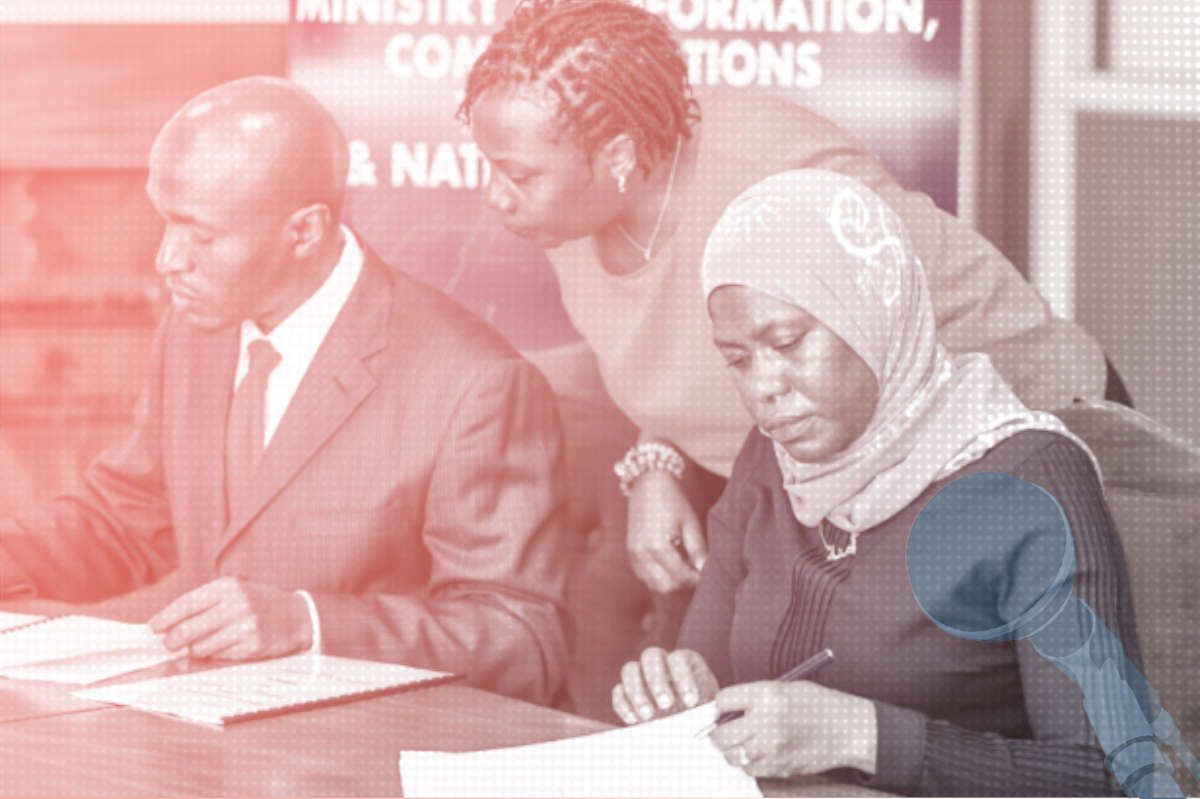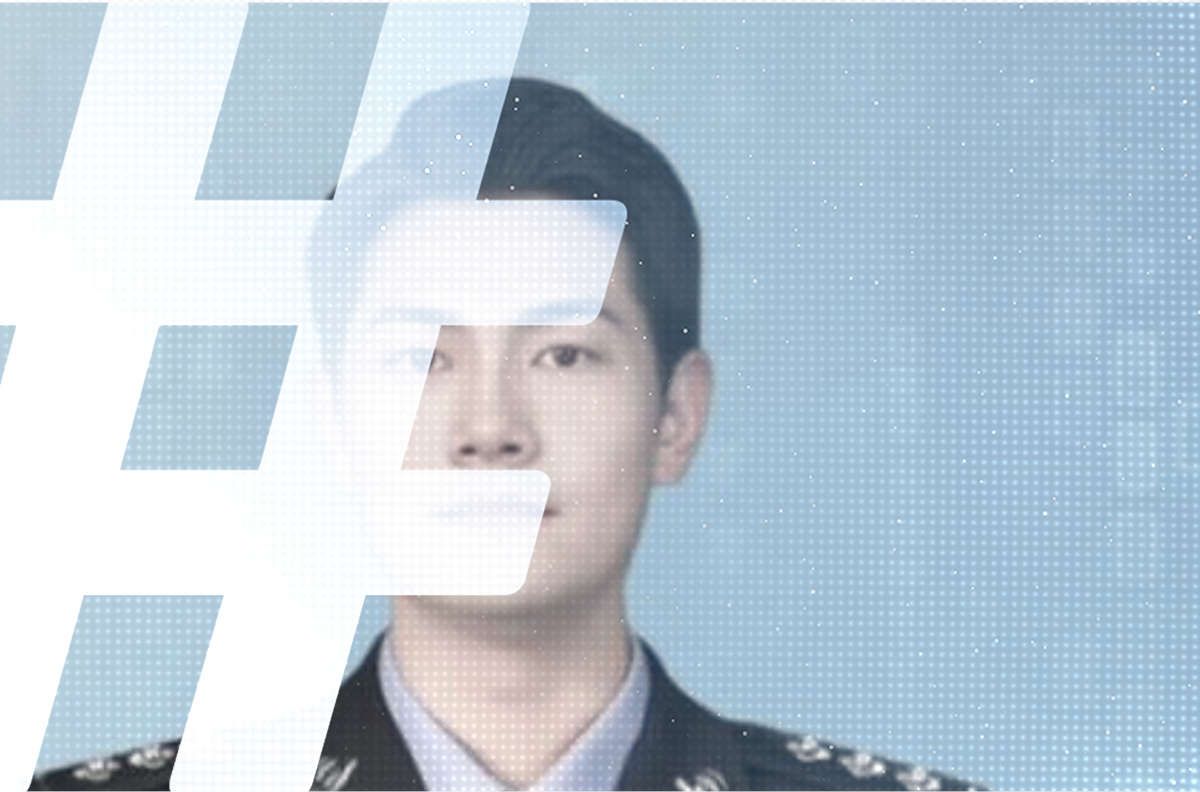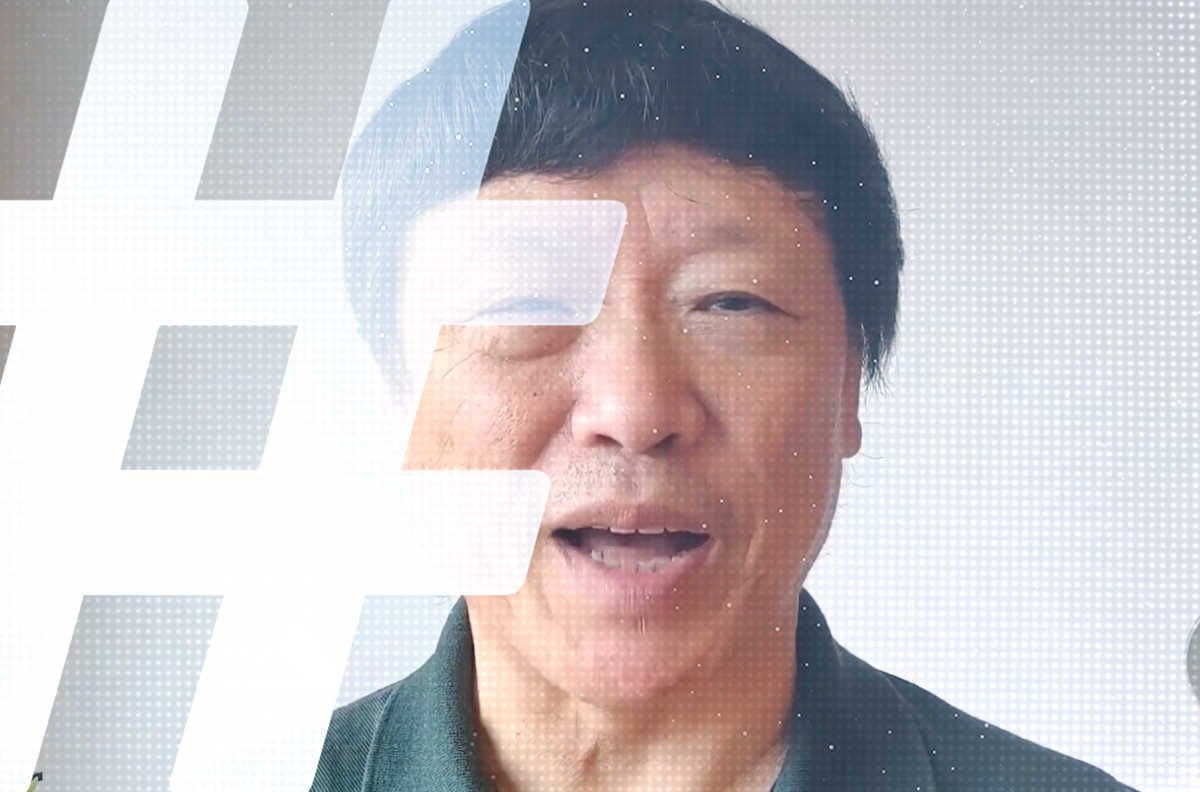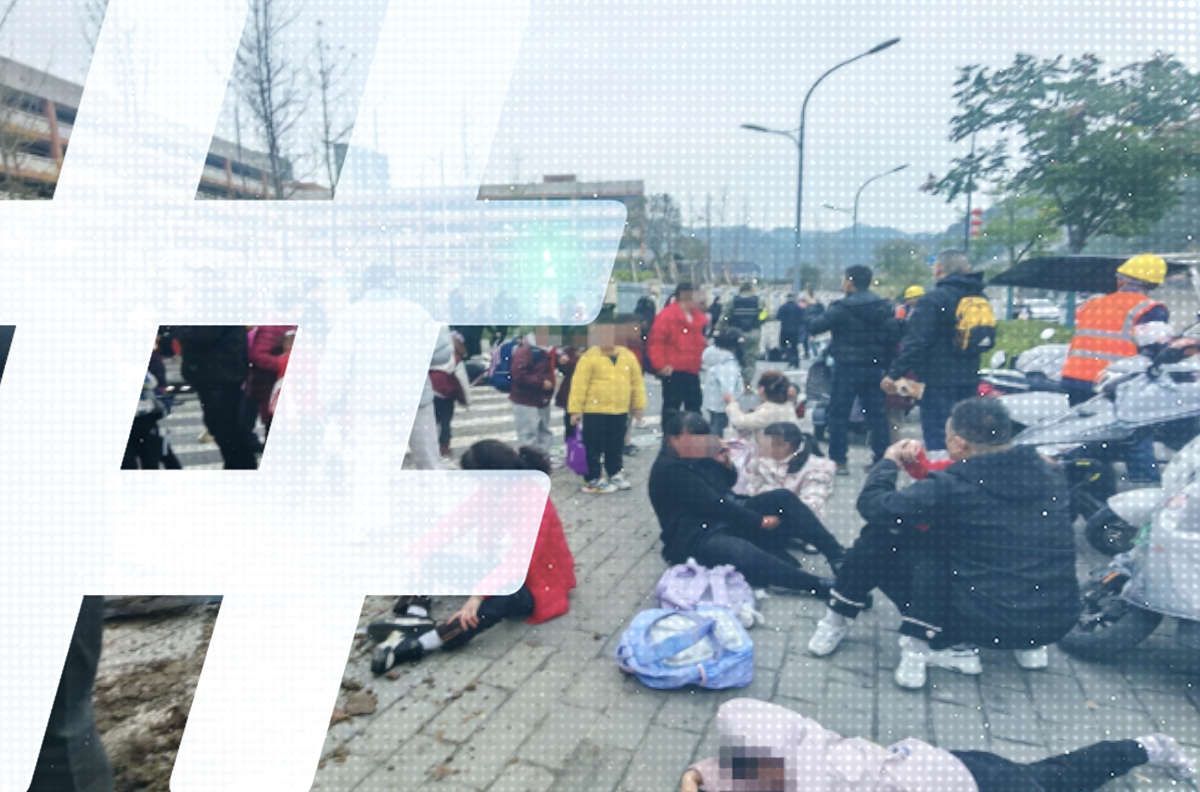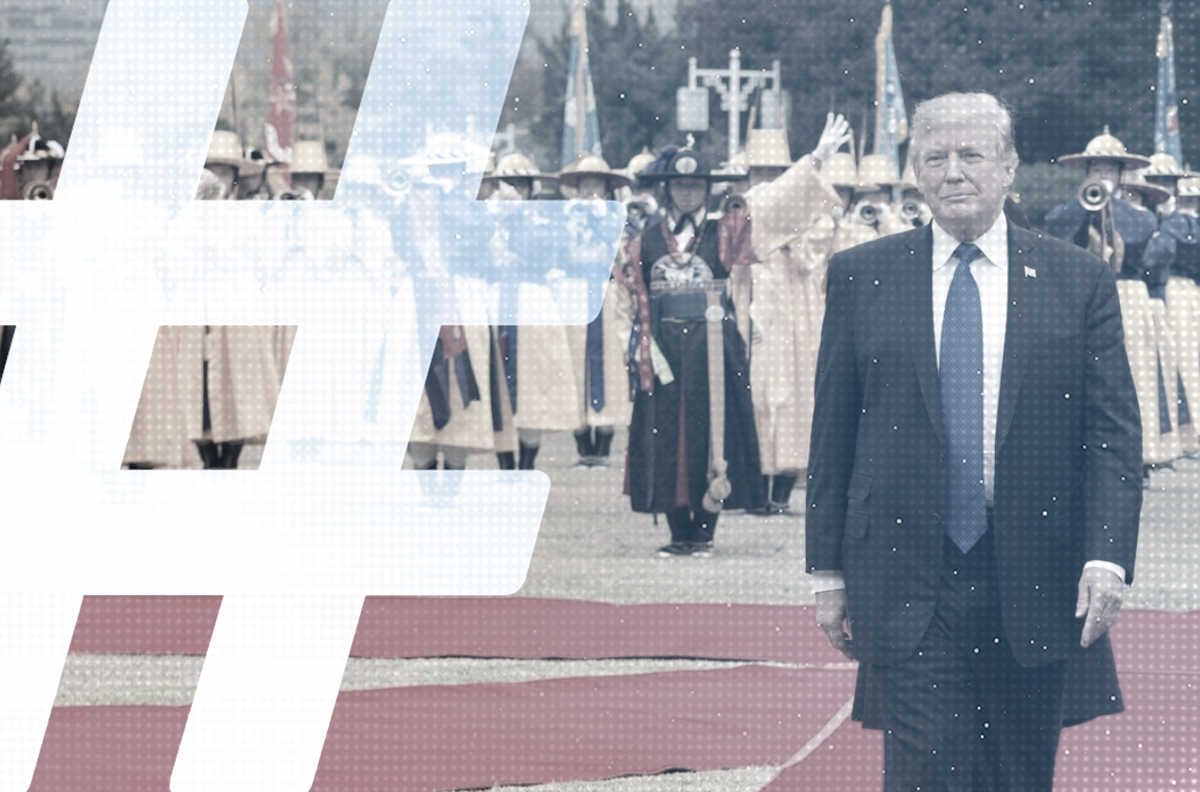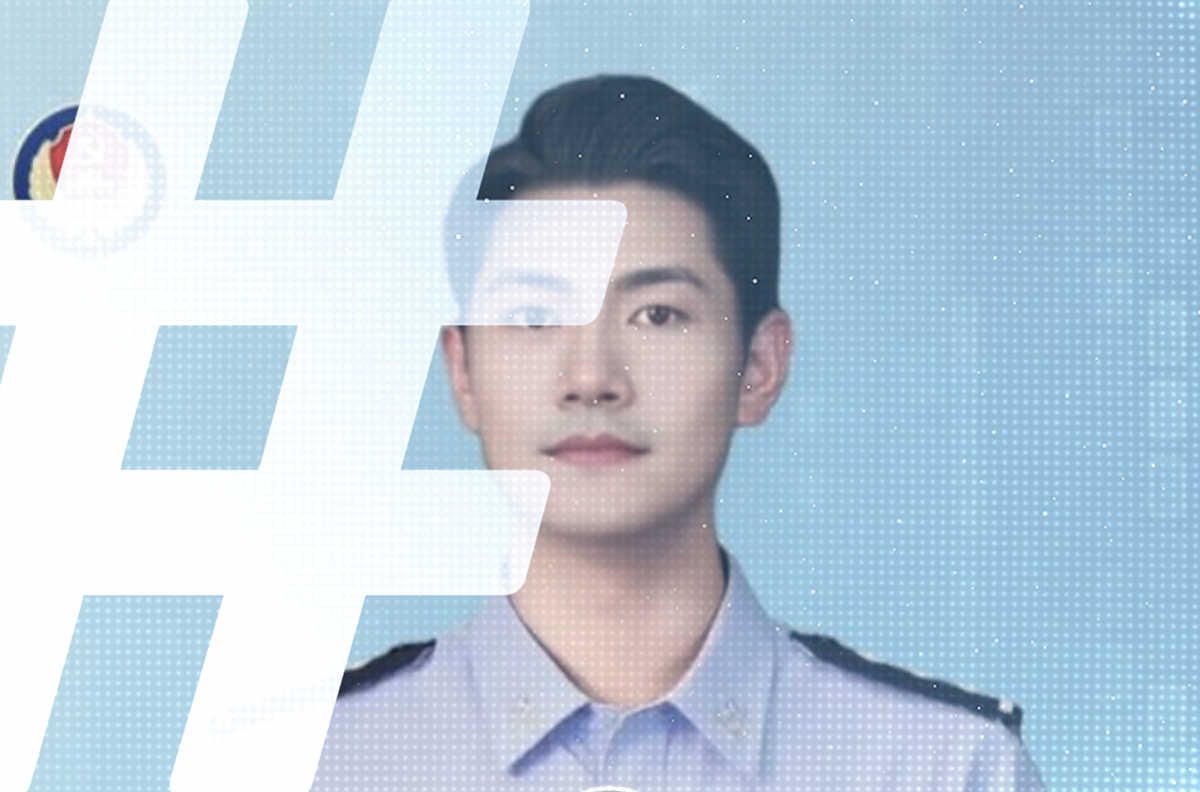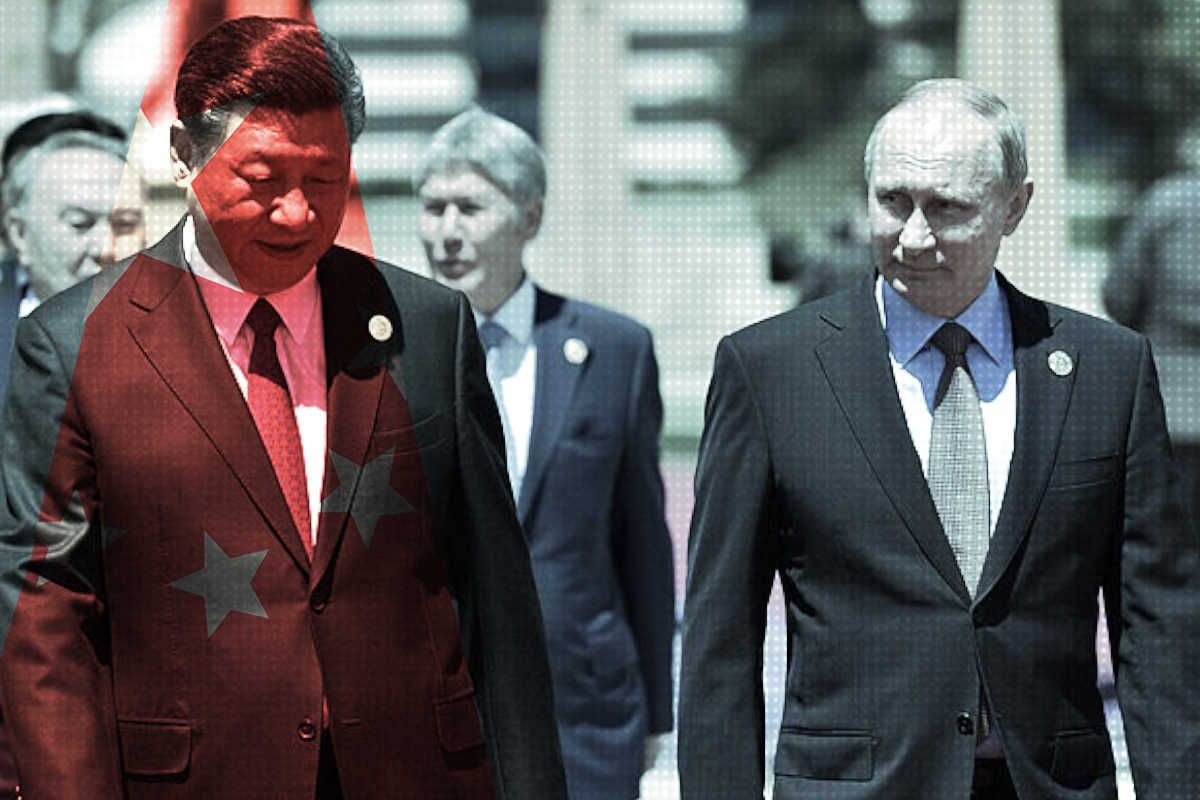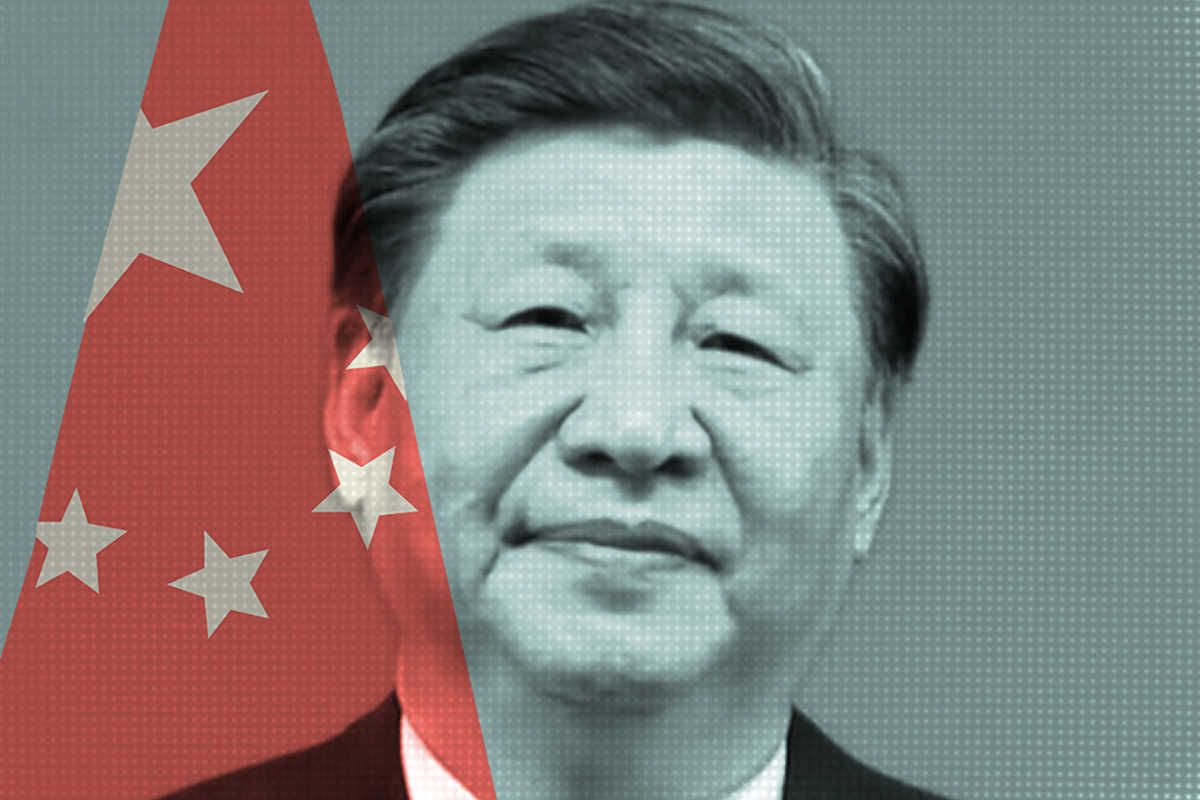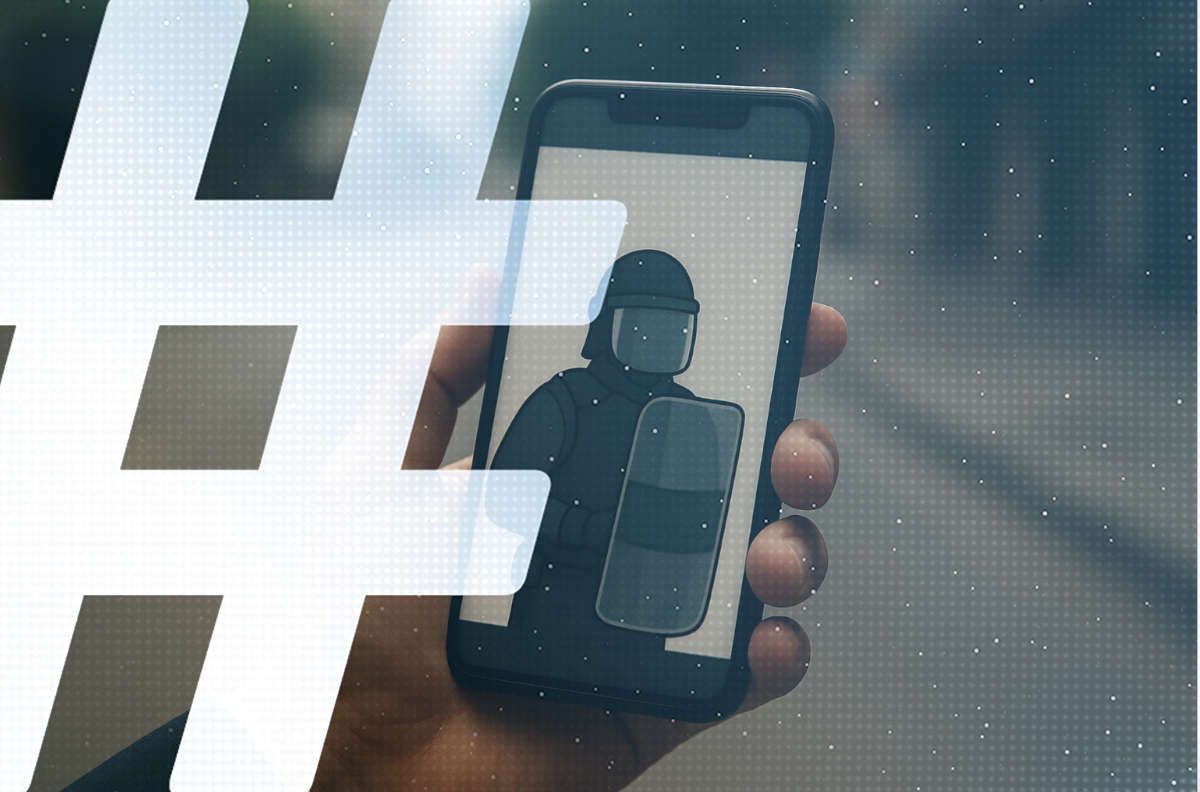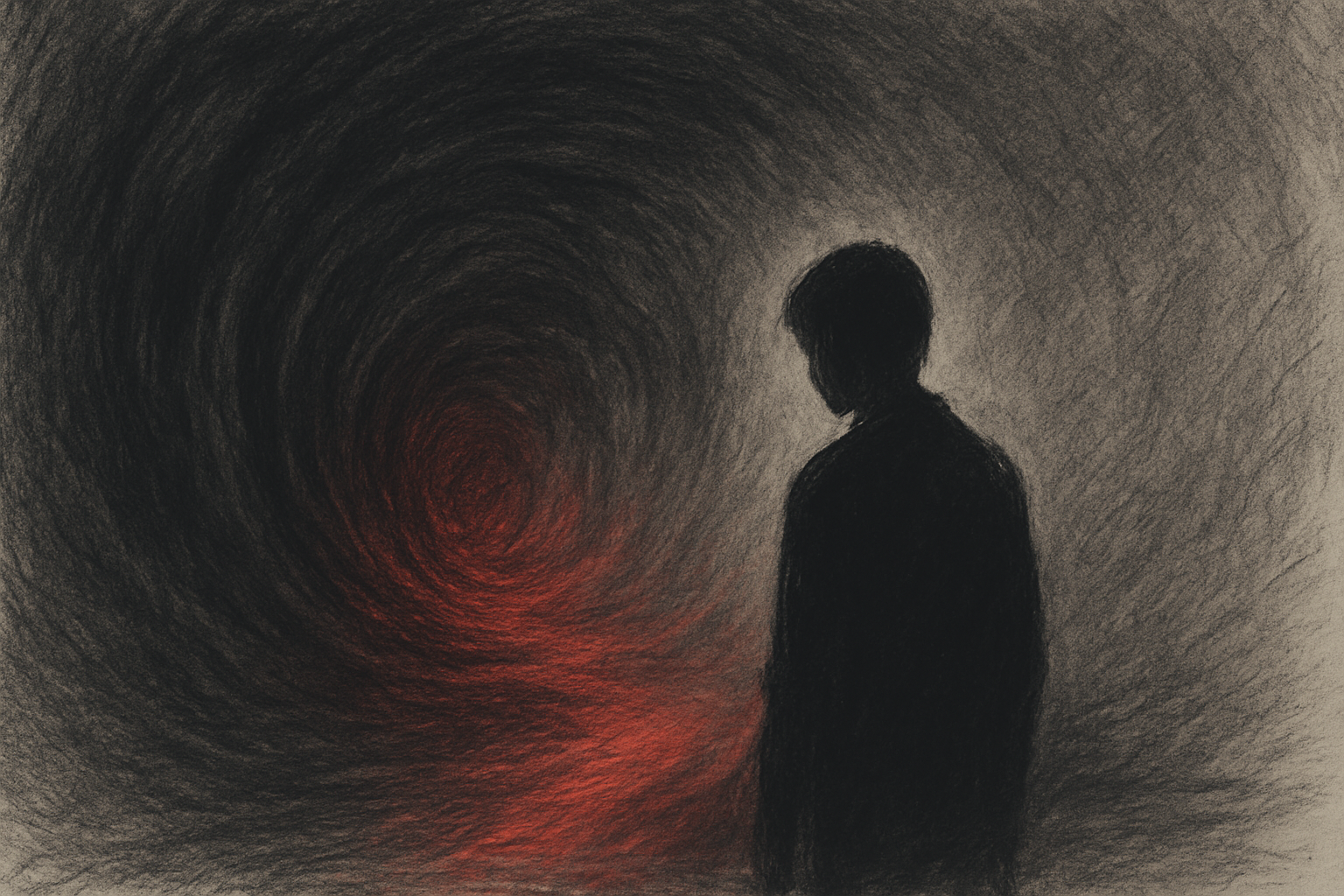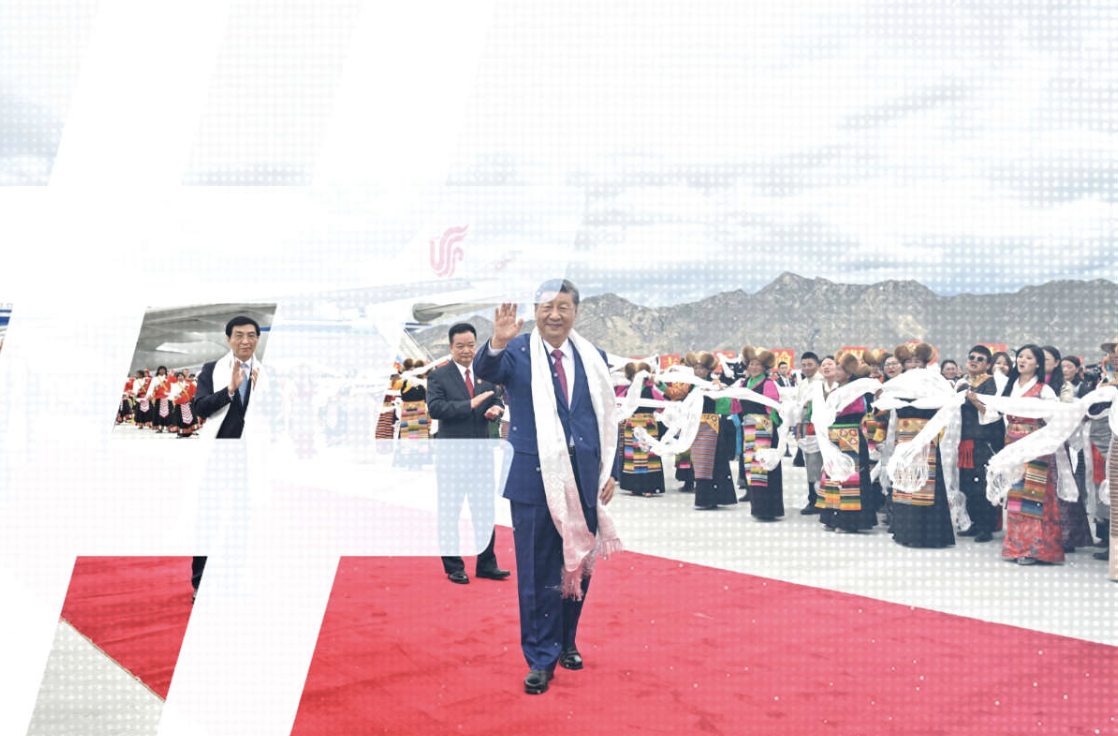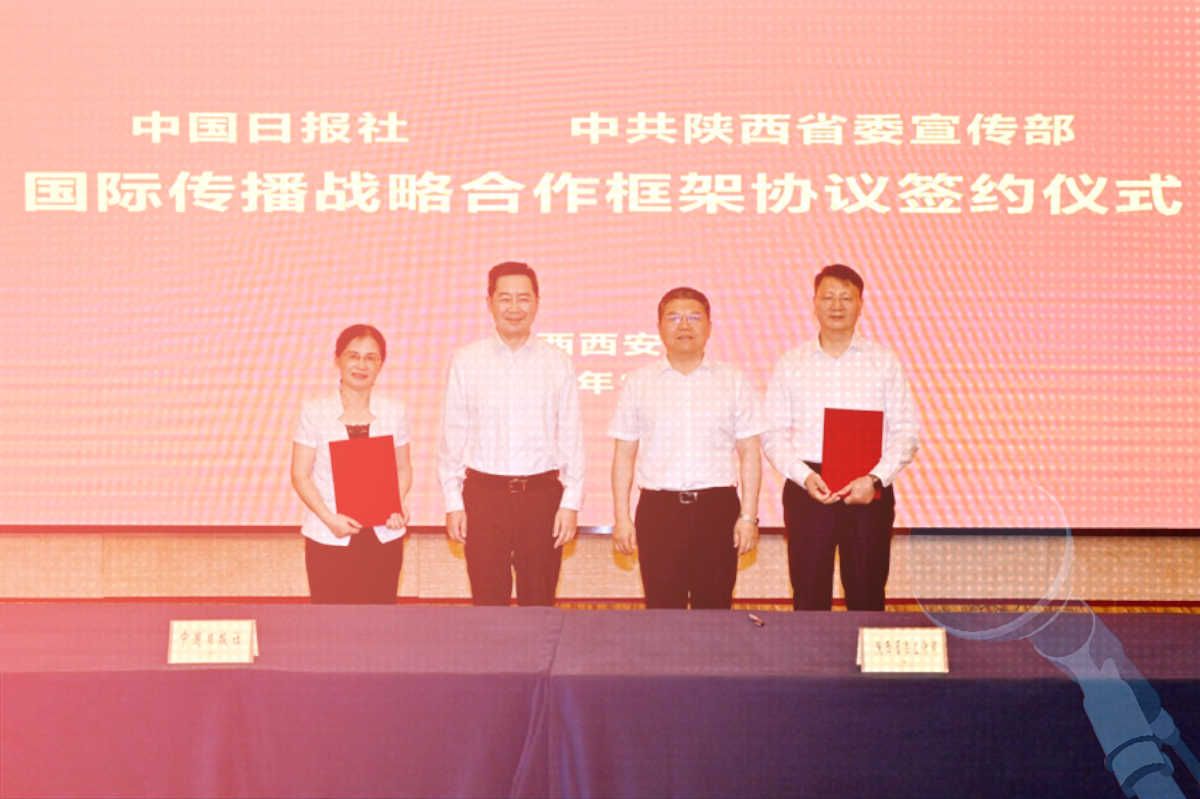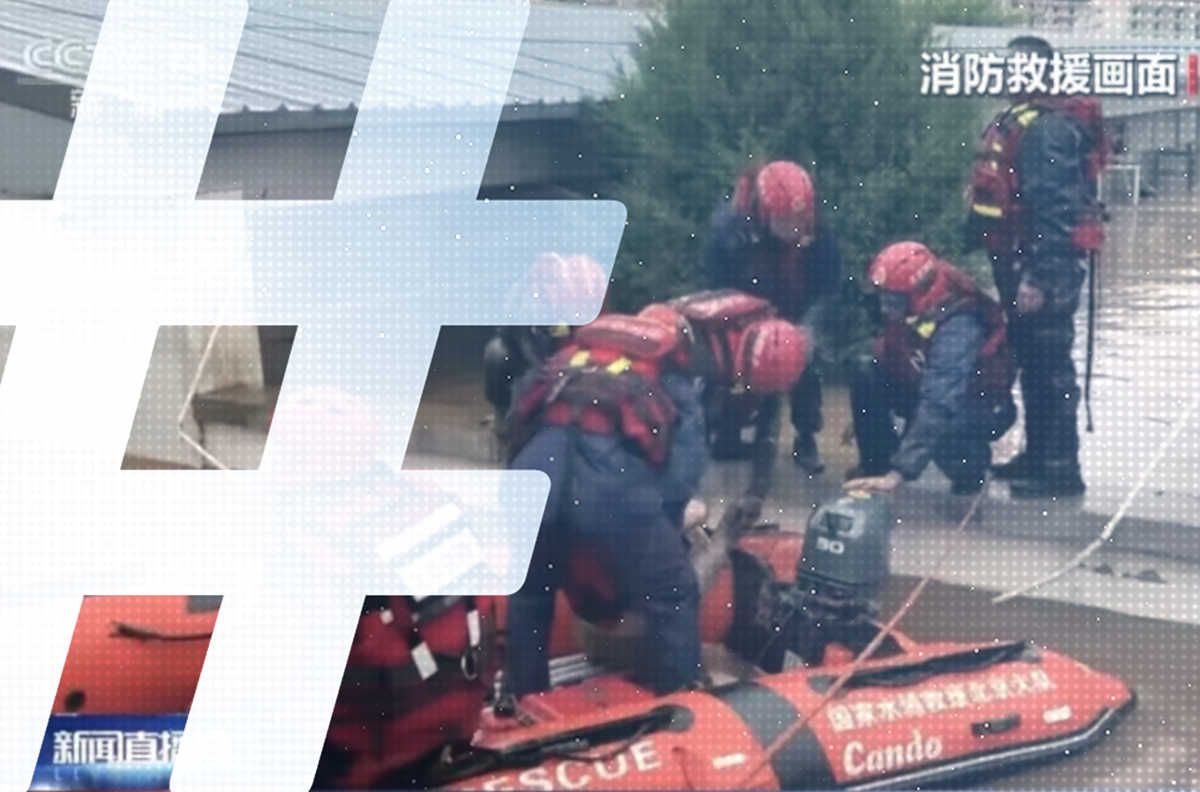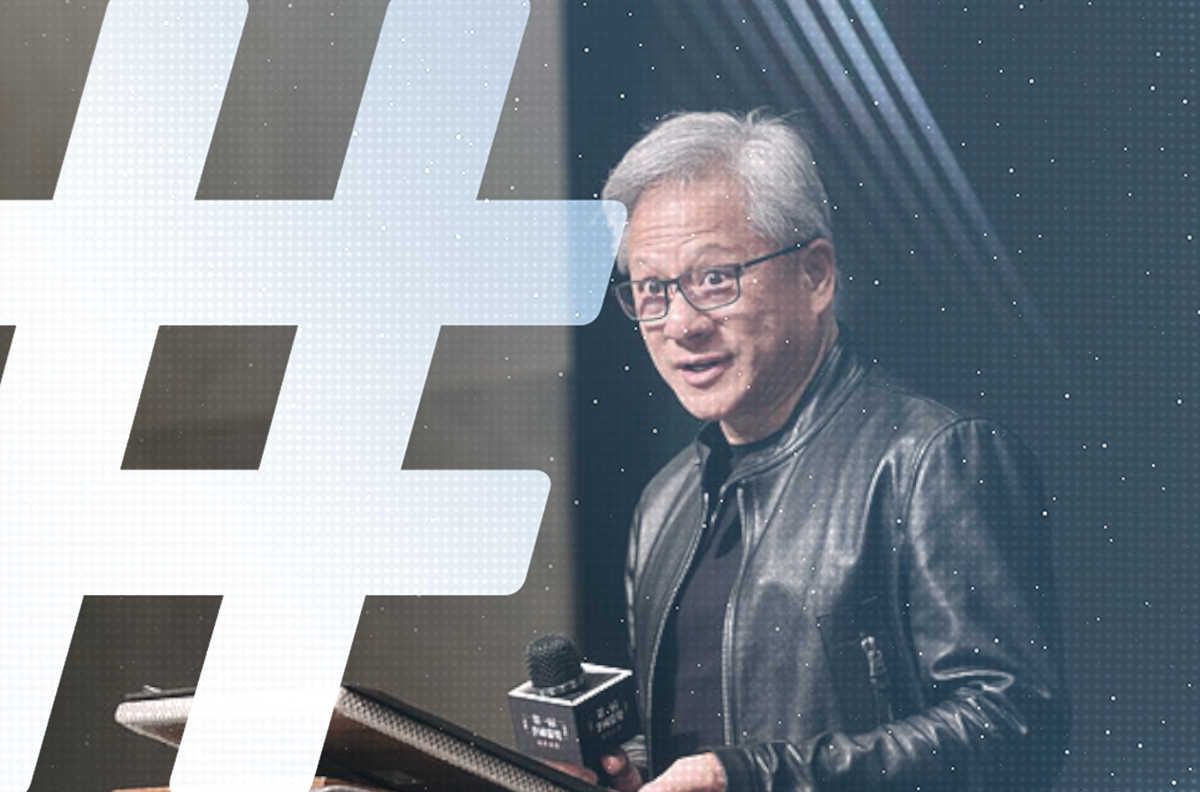
On May 13, China’s Ministry of Education released guidelines for integrating AI into the earliest stages of child education. According to the guide, schoolchildren will be introduced to the key concepts driving AI, as well as its basic uses and best practices. By the time students reach high school, they will learn to build simple algorithms of their own. But despite allowing schoolchildren to use AI as a learning aid, the guide prohibits them from using generative AI alone for their work.
It remains unclear how strictly the contents of this “guide” (指南) will be enforced from school to school, as a guide is neither a legally-binding law (法律) nor a set of regulations (规定). In this case, the document more likely represents a statement of intent by the ministry, providing clarity on best practices when introducing the new technology into the education system. The MOE says the guide aims to cultivate AI literacy and adapt students to the emerging “smart society” (智能社会).
This latest release comes amid a comprehensive overhaul of China’s education system as part of the government’s broader “AI+ initiative.” The ministry launched a reform plan for higher education in 2023, urging the gradual elimination of courses “not suited for social and economic development.”
Since then, AI has developed at breakneck speed globally, and the Chinese government now frames AI as a key source of the “new productive forces” (新质生产力) meant to propel development. Young people are understandably seen by the leadership as key drivers of this technology. During an inspection of AI projects in Shanghai on April 29, Xi Jinping called AI “a cause for young people” and urged them to boost their skills in this area.
What does this use look like in practice?
The Ministry of Education’s guide is accompanied by a series of scenarios outlining acceptable AI use by students and teachers. These scenarios attempt to balance using AI to improve the education system and personal development, while remaining mindful of the risks of over-dependence. For example, while students may use generative AI to create “diagnostic reports” (诊断报告) assessing their work progress, they must avoid letting AI do that work for them — a concern shared by teachers worldwide.
________________
________________
Missing the Forest for the LLM
A more challenging question surrounds how China views AI’s impact on critical thinking. The MOE guide cautions that allowing students or teachers to rely too heavily on AI risks a decline in thinking skills and personal perspectives. But the biggest obstacles to critical thinking in the Chinese education system predate AI and are far more difficult to dispel.
First and foremost is the intrusion of politics. While education policy promotes critical thinking and student-centered learning, the system simultaneously prioritizes political conformity and loyalty to the CCP. In a recent academic study, scholars of China’s education system noted “a disconnect between the critical thinking components of the national education policies and the curriculum documents.”
Within these prescribed boundaries of obedience, Chinese students are pressed to demonstrate technical competence and analytical skills. While the system can clearly produce competent students — and, as China’s strength in science and technology attests, does not necessarily stifle innovation — it is not geared toward creativity. Some critics, particularly of the “patriotic education” so prevalent in recent years, have said the system risks producing students who are “unable to think independently.” The Patriotic Education Law, implemented in 2023, established a strict program of ideological indoctrination, including ensuring the country’s youth “inherit red genes” (传承红色基因) [More in the CMP Dictionary.]
Against this backdrop, fretting about AI’s potential risks to critical thinking misses the point entirely. In some cases, it appears as shallow, performative repetition of concerns raised about AI worldwide. It is not unlike how China’s media have raised concerns that AI might replace journalists — when in fact the profession, after a brief heyday in the early 2000s, has been almost entirely hollowed out by political controls.
The MOE announcement earned positive coverage from China’s state media, mostly relaying the news and highlighting the cautions against students copying AI-generated answers. But The Paper (澎湃新闻), a Shanghai-based outlet under the state-run Shanghai United Media Group, went further on May 14 in a commentary endorsing the guidelines, suggesting that the integration of AI might help cultivate “wisdom” along with “independent thinking.” The piece argued for a “human-centered” perspective that balances technological adoption with critical thinking, explicitly rejecting fears of AI. “It is not necessary to view artificial intelligence as a menacing flood,” the editorial said.
The commentary argued that AI will actually improve the education system by pushing it to “focus more on cultivating children’s independent thinking and innovation abilities, applying knowledge to practical life, and transforming knowledge into true wisdom.”
Such technological optimism reflects a broader pattern in Chinese discourse: the belief that new technologies can somehow transcend the fundamental constraints of the political system. Yet no amount of AI sophistication can address the core tension at the heart of Chinese education — the impossibility of fostering genuine critical thinking while demanding ideological conformity.


